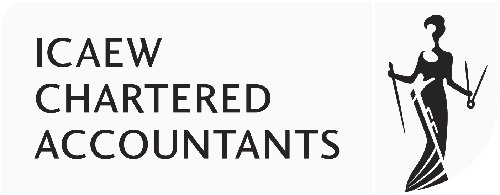UK and International Tax news
Latest CFC Reform Condoc
Thursday 30th June 2011
HM Treasury has just published a further consultative document on Controlled Foreign Company (CFC) reform. This forms part of the Government’s plans to reform corporate tax, as set out in the Corporate Tax Road Map.
The condoc includes detailed proposals for how the new CFC regime will operate and builds on the CFC proposals included in the November consultation and the interim improvements introduced in Finance Bill 2011.
The latest proposals reflect outcomes from extensive consultation with business and other interested parties, including several working groups. The Government has decided to publish as much detail as possible now to allow sufficient time to consult further on the design of the new regime ahead of the publication of draft legislation in the autumn. The condoc is more detailed than many comparable consultations and proposes a regime that applies three tests.
The first test identifies a CFC as being a company that (a) is under UK control; (b) is resident outside the UK; and (c) has profits taxed at a lower effective rate [75%] than if it were resident in the UK (i.e. the lower level of tax test).
Test two will exempt CFCs that pose a low risk to the UK tax base. The Government recognizes that the majority of CFCs undertake genuine commercial activities that do not artificially divert profits from the UK and a number of exemptions have been designed to recognise these situations. A CFC can meet whichever exemption is most appropriate and there is no requirement to apply the exemptions in a specific order. A CFC may well qualify for more than one of the exemptions. In practice, it is expected that the majority of CFCs will apply one of the more straightforward exemptions. This should minimise compliance burdens and deliver the most certain outcome. The proposed exemptions are:
• Low Profits Exemption which is designed to remove CFCs that make a low level of profits;
• Excluded Countries Exemption, designed to provide a proxy for the lower level of tax test to exempt CFCs that meet certain conditions and are located in jurisdictions with tax regimes that have broadly similar rates and bases to the UK.
• Temporary Period Exemption, this allows an exemption from the CFC rules for a period of up to three years where an overseas subsidiary comes within the scope of the CFC regime as a consequence of a reorganisation or change to UK ownership.
• Territorial Business Exemptions (TBEs), designed to remove genuine overseas trading operations and foreign profits from the regime. A safe-harbour test is proposed to offer a simple route to remove overseas entities from the regime that have a relatively modest operating margin. It is proposed that amounts of incidental finance income that arise from the working capital needs of that business will also be exempt under the TBEs. As indicated at earlier stages of consultation, it will no longer be possible for large amounts of finance income to be sheltered from a CFC charge by the trading activity carried on by the CFC, a practice known as “swamping”. The TBE will also be available to CFCs that have income from property investment business and high value operating leases.
• Finance Company Rules to include a finance company partial exemption (FCPE) that will apply to overseas financing. In most situations this will result in an effective UK corporation tax rate of 5.75% [25% of the normal CT rate] on profits from overseas intra-group finance income by the year 2014. The Government is also considering whether there are limited circumstances where a full exemption may be appropriate.
• General Purpose Exemption, which will be a flexible test that can be applied to a CFC that may not fit within one of the other exemptions, although any CFC can apply this exemption. The exemption will consider the facts and circumstances of that CFC to assess whether profits have been artificially diverted from the UK. Unlike the motive test in the current CFC regime there will be no default assumption that profits would have arisen in the UK.
• Sector Specific Rules for insurers and banks, where monetary assets are an intrinsic part of their trade, specific exemptions will be needed to remove their genuine overseas operations from the new rules.
The third test involves calculating a CFC charge where profits have been artificially diverted from the UK. Where a CFC charge arises it will be proportional to the UK profits that have been artificially diverted. Genuine foreign profits are outside the scope of this regime, in line with a more territorial approach. The mechanics of the new CFC regime and the self assessment requirements will largely remain unchanged from the existing rules.
Capital gains will remain outside the scope of the regime and subject to existing anti-avoidance provisions.
As part of HMRC’s administrative approach, as with the current rules, it is proposed that clearances will be provided on relevant aspects of the regime. A non-statutory clearance procedure would offer a more flexible approach and is the preferred Government option.
Responses to the consultation should be submitted by 22 September 2011.
The earliest date from which the new rules could become effective is for accounting periods beginning on or after the date when Finance Bill 2012 receives Royal Assent although there will be consultation on the appropriate commencement date.
If you would like further information on the latest consultation, please contact Keith Rushen on +44 (0)20 7486 2378.
Contact Us


